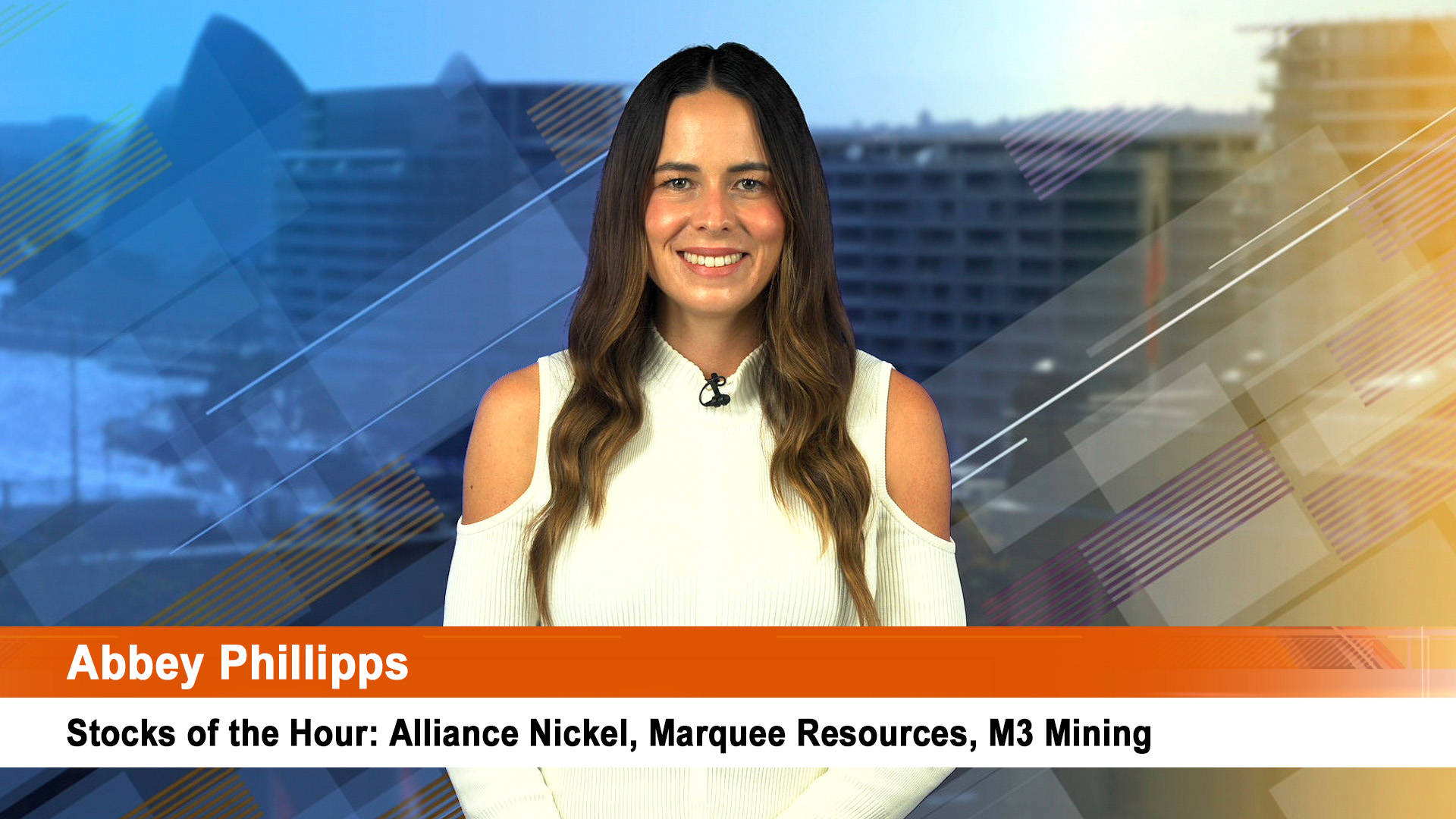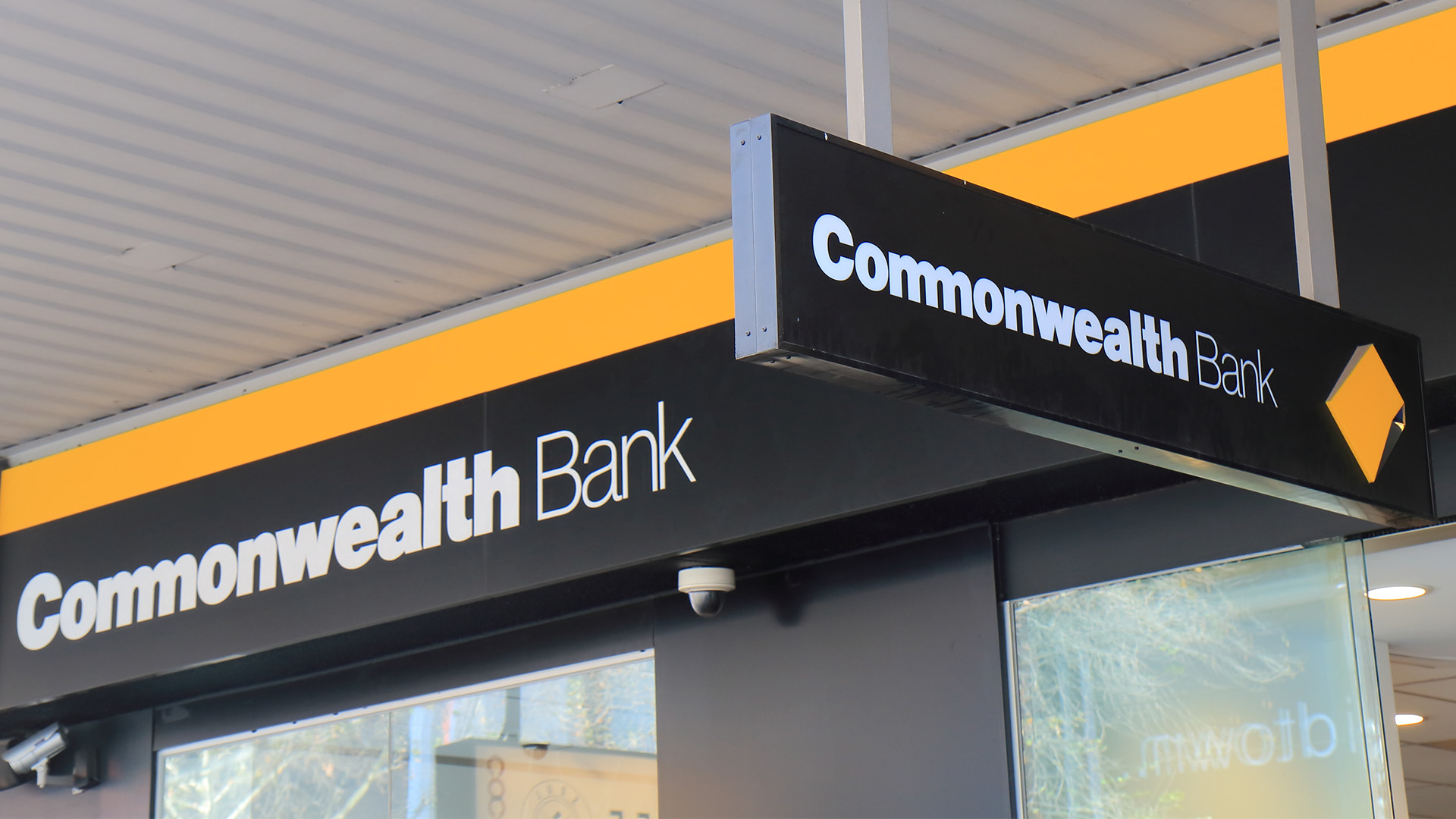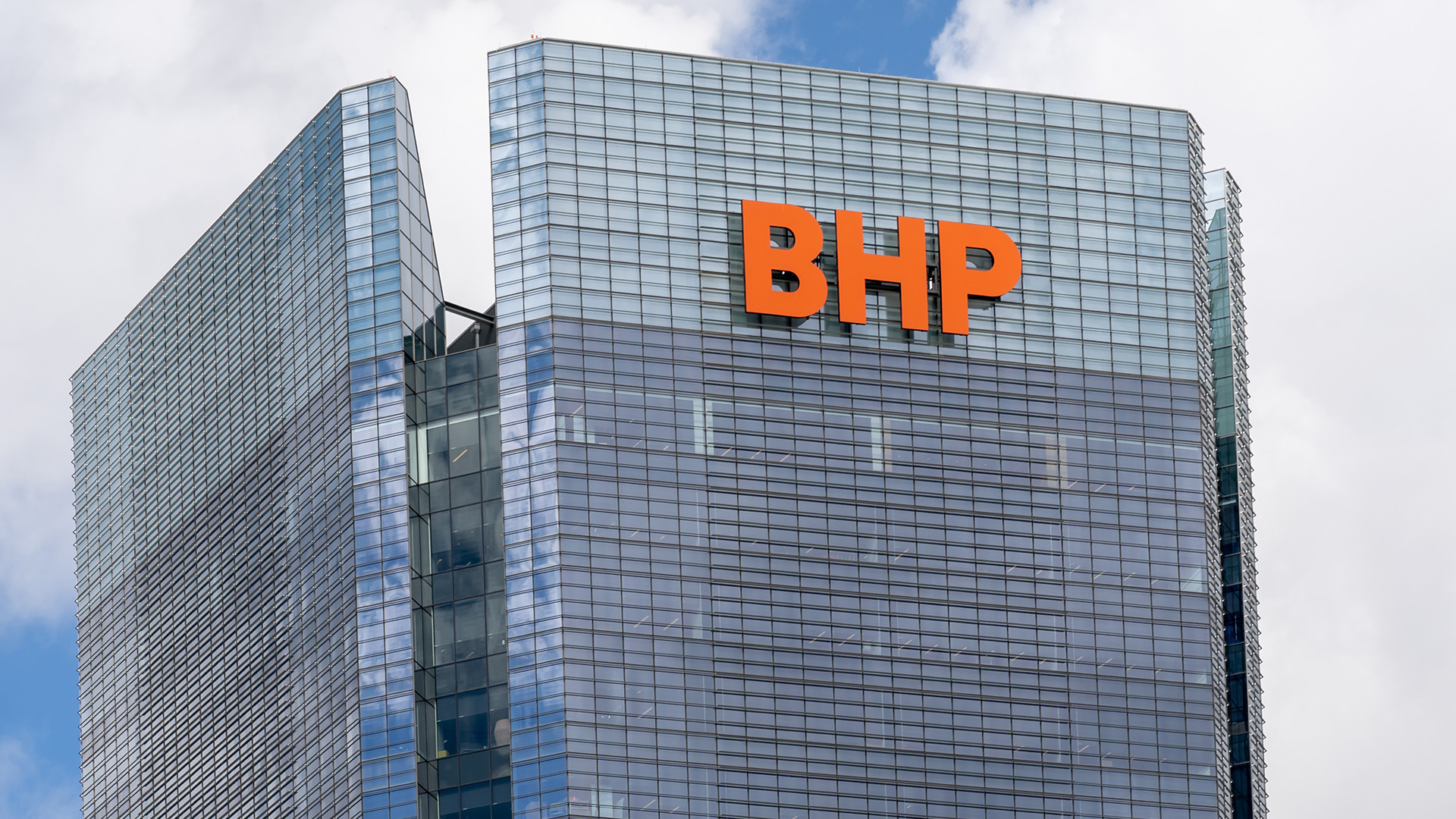Investors made their views about yesterday’s Qantas (QAN) announcement very clear, and very quickly – they didn’t like it and sold off the shares by more than 8% at one stage, before they ended down 9% at $1.155.
But at least the Qantas board and management didn’t have to face another share price plunge towards the all time low of less than 95c, reached in the aftermath of the warning last December of tough times and big losses.
The weak Qantas report, plus weak business investment data, helped knock the share market down by more than 25 points yesterday and forced the Aussie dollar down under 90 US cents where it remains this morning.
But there remain a host of questions about Qantas.
Dramatic as the talk of 5,000 job cuts were, they will happen over the next three to four years as the airline slowly restructures.
That’s too slow for some investors. And 1,000 of those job cuts were announced last year, so the final figure isn’t as sweeping as first seems.
But the airline needs time to close facilities and get rid of old planes and close offices.
And trying to cut using natural attrition is cheaper because it lowers the size of the redundancy bill.
Just where the job cuts will fall is a major question.
More detail is needed, such as will they be in Australia or Asia, in domestic or international, or in head office or in Jetstar. More cuts in Australia will generate higher savings.
Then there’s the question of changes to wages and conditions.
Qantas has 15 unions or staff associations to deal with.
The airline hasn’t handled staff relations well in the past and getting the sort of changes that sections of the Federal Government want to see, will be tough.
Will that mean the expected government help won’t happen if the cuts are not deep?
There is a pay freeze (and a freeze on bonuses) and these won’t be lifted until the airline returns to profit.
That seems to be setting the airline up for a brawl with the unions, which is what the government wants to see.
Qantas management has already shut the airline once in recent years. Another shutdown will raise questions about the competence of management and the board.
Part of the problem is that Qantas has no credibility with its staff.
The job cuts will cost more than half a billion dollars, so the losses will continue flowing at Qantas over the next four years.
The sale of the Brisbane terminal, ending of at least one route (Perth to Singapore) and retiring old 767s and 747s are seen as tinkering.
The sale of the leases at Sydney and Melbourne airport look like bigger savings, for the moment and the investment banks and brokers all want the airline to flog either part or all of its frequent flyer program.
But that’s the best part of the business and the brokers and their mates want that because it’s an easy sell and will generate fat fees and big bonuses.
The aggressive expansion of Jetstar Asia has been put on hold – it should really be scrapped and the airline confined to Australia and its offshore routes, from this country. Or Qantas could float it off.
There was no mention of the stupidest decision of the past couple of years – the $100 million share buyback started in late 2012 and recommitted to in the 2012-13 annual results.
What a waste of valuable capital!
QAN under Alan Joyce – More questions than answers
.png)
Some hard-headed investors noted the lack of any commitment to a timetable to returning Qantas’ international operations to profit.
That will be some time if some of the fine print in the Qantas changes is any guide.
Flights from Sydney and Brisbane to Singapore are to be downgraded fromBoeing 747 jumbo jets to Airbus A330 aircraft by September this year.
Old and relatively fuel-inefficient, the jumbos were recently upgraded with the same premium economy seats, lie-flat beds in business class and widescreen inflight video displays as Qantas’ flagship Airbus A380.
There’s no premium economy seating, robbing travellers of the chance of buying the extra legroom and comfort on the eight-hour trip.
Business travellers will find older seats which can only recline to an angle rather than stretch out to a fully flat bed.
These are going to be replaced, but not until 2015 – 2016, meaning people flying to Singapore on Qantas face low value services. Makes you want to fly Singapore Airlines, and not Qantas, doesn’t it?
Likewise there were questions again about the smartness of keeping Qantas’ 65% share of the domestic market – protecting that leads to discounting wars with Virgin Australia.
Mr Joyce can moan all he likes about un-level playing fields, but it is a fact of life.
Market share wars never result in profit improvements and often ended up as loss makers for everyone, bar the lucky consumers.
He was again complaining about state-owned carriers in Virgin Australia (Singapore Airlines, Etihad and Air NZ), but he has a joint venture now with the biggest state owned airline of them all, Emirates.
The airline has also deferred the delivery of the last eight A380 super jumbos it has on order, as well as the last three of 14 new 787 Dreamliners due for Jetstar (this will require money to be paid to Boeing and Airbus as compensation).
That’s a big part of the plans Qantas has to cut a total of 50 planes from its fleet.
That’s to lower costs and investment spending, and reduce number of plane types in the fleet from 11 to seven by mid 2016.
Over the past decade Qantas has gone from having a fairly standard mostly Boeing fleet, to one with Boeing, Airbus and a couple of other smaller plane types which makes for higher operating expenses because its more costly to train crews who can’t be easily moved about when demand for more capacity emerges.
Over the past decade, the higher operating costs associated with such a diverse fleet was a board/management decision and it has increased costs needlessly.
Deferring the new planes will mean a saving of up to $US3.5 billion worth of planes and parts and training, plus crews.
It is dropping plans to grow the Singaporean budget offshoot Jetstar Asia because of the upsurge in competition with other budget airlines in the region.
Rival AirAsia saw its shares fall to an all time low on Wednesday in Malaysia after reporting a surprise loss for the 4th quarter of 2013, against a profit a year earlier.
AirAsia shares are now trading under its IPO price last July of 1.25 Malaysian Ringgit, that tells us something about the intensity of the budget battle in south east Asia because Air Asia is a leading player in the segment.
QAN Results Video
Qantas declared a statutory loss of $235 million for the six months to December, compared with a $109 million profit in the same period a year earlier. Revenue fell 4% to $7.9 billion.
Qantas’ domestic operations reported a 74% fall in pre-tax profit to $57 million, which was blamed on intense competition in the domestic market and growth in capacity (Virgin Australia was blamed for that) as the airline defends its 65% market share ‘line in the sand’.
But it was overshadowed again by Qantas’ international operations, which slumped to a $262 million loss compared with a $91 million loss previously.
Qantas said its alliance with Emirates ”partially offset” the impact of capacity on routes in and out of Australia increasing by 9%.
Jetstar also slumped to a $16 million loss from a $128 million profit previously, reflecting ”the impact of domestic competitive pressures” as well as $29 million in start-up losses from its associate airlines in Asia.
They include Jetstar branded airlines in Japan, Vietnam and Singapore.
The worth of these offshoots must be questioned if there’s no likelihood of them making a profit in the near future.
The bottom line is that more red ink will flow from Qantas’ accounts for a while yet.
Also remember that Qantas has $1.5 billion of debt falling due (in three lots of around half a billion each) in 2015, 2016, 2017. If there;s no improvement in the airline’s financial position, that debt won’t be rolled over by the financiers without higher rates or more draconian restrictions being placed on the airline.
It needs more equity or unconventional capital (from a hedge fund or private equity). It currently has pre-payments of around $4.2 billion (representing the money people have paid to travel at a future date), but only has ‘liquidity’ of $3.6 billion.













